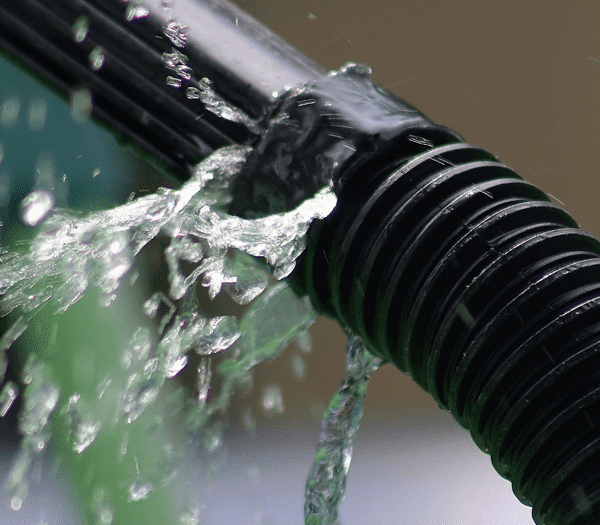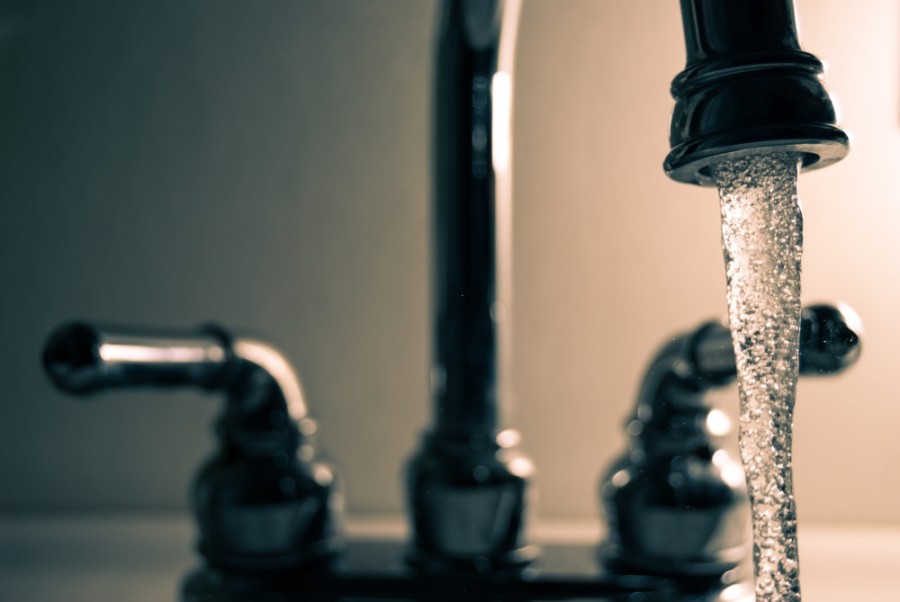Detecting a Burst Pipe and Swiftly Executing Effective Solutions
Detecting a Burst Pipe and Swiftly Executing Effective Solutions
Blog Article
Just how do you really feel about How to install a dishwasher safely?

A ruptured pipeline is a major emergency; you can just stand as you enjoy water you pay a lot to reunite with the planet. In worse cases, you discover a pool on your kitchen floor, which is a fantastic journey threat, specifically if you have kids around. If the pipe that ruptured was in your wall surfaces, bad news: you may require to paint that entire area.
How can a calamity like a ruptured pipe be avoided and also managed? Well, by listening to your expert emergency plumbing professionals and also following these guidelines.
Exactly how do I know when my pipes have burst?
Changing water pressures
Pipelines do not simply burst in a day. You might have discovered that your cooking area tap or shower doesn't run quickly when you turn the tap. It may pause for a couple of seconds and afterwards blast you with even more pressure than common.
In other circumstances, the water may appear typical at first, then drop in pressure after a couple of seconds.
Damp wall surfaces and also water stains
Before a pipeline ruptureds, it will leak, many times. If this relentless leaking goes undetected, the leak might finish into a vast gash in your pipe. One very easy way to prevent this emergency is to watch out for damp wall surfaces advertisement water discolorations. These water discolorations will lead you right to the leakage.
Puddles under pipes as well as sinks
When a pipeline bursts, the outflow develops a pool. It may appear that the puddle is expanding in dimension, and also no matter the amount of times you mop the puddle, in a few minutes, there's another one waiting to be cleaned. Frequently, you might not be able to trace the pool to any kind of noticeable pipes. This is an indicator to call a specialist plumber.
Untraceable dripping sounds
Pipe bursts can occur in one of the most undesirable locations, like within concrete, inside wall surfaces, or under sinks. When the house goes silent, you might be able to hear an irritatingly relentless dripping noise. Also after you have actually inspected your shower head and also kitchen tap, the trickling may continue.
Beloved reader, the trickling might be originating from a pipeline inside your wall surfaces. There isn't much you can do regarding that, other than inform a specialist plumber.
Shut off the Water
When water ices up, it broadens in quantity by concerning 9 percent. And also it expands with significant force: The pressure inside pipes may go from 40 extra pounds per square inch to 40,000 psi! No pipe can hold that much stress, so it breaks open. The break may take place where the ice types, but regularly, it takes place where water pressure discovers a weak point in the pipeline. That may be inches or even feet from the frozen area. Discover the water shutoff valve and switch off the water to avoid more damage. You may additionally need to turn off the electrical power as well, depending on where the leaks takes place and just how big it is.
Infected water
Lots of people assume a burst pipe is a one-way electrical outlet. Fairly the contrary. As water flows out of the hole or wound in your plumbing system, pollutants find their method.
Your water may be polluted from the resource, so if you can, inspect if your water container has any type of problems. However, if your drinking water is supplied and also detoxified by the city government, you need to call your plumber promptly if you see or scent anything amusing in your water.
What do I do when I find a ruptured pipe?
Your water meter will remain to run also while your water wastes. To decrease your losses, locate the major controls and also turn the supply off. The water pipe are an above-ground framework at the edge of your home.
How to Fix & Detect a Leaking Pipe
How Do I Know if a Pipe is Leaking?
Leak detection tests can help you determine if your pipe has a leak. Even if you don’t see an apparent leak, you should still conduct leak detection tests regularly to save water and money—and prevent major damage to your home.
Water meter. It can be helpful to figure out what your usual water meter usage numbers are and then monitor them regularly. To monitor your meter, first, turn off all water faucets in your home. Check the meter and write down the numbers. In a few hours, check the meter again. If the numbers have changed, you have a leak. Water gauge. Use a water gauge to test your water pressure. Your showerhead should produce a certain amount of water pressure based on its model and design. If the pressure is lower than it is supposed to be for that specific showerhead, your home likely has a leak. Puddles. Look inside your bathroom, laundry, and kitchen sink cabinets. Puddles around the cabinets or around toilets, tubs, showers, and washing machines indicate the presence of a leaking pipe. You may also notice loose tiles, peeling or flaking paint, or mold caused by water accumulation. Napkin test. Even if you don’t see any puddles, you may still have a leak. You can test for water leaks in the bathroom, laundry, and kitchen by wiping below-sink connections with a napkin, paper towel, or piece of toilet paper. If it becomes damp, you probably have a leaking pipe under the sink. Discolored walls. Walls that are discolored—usually with brown or yellow stains—or bulging might mean that they have been impacted by water damage caused by a leaking pipe. Smell. A leaky pipe will create sitting water, and over time, that water may develop a musty smell. If your home smells musty, but you can’t locate the source, it may be due to a leak. Steps for Fixing a Leaking Pipe
A leaky drain can be remedied by tightening the pipe base, replacing the drain seal, caulking the rim, and tightening the pipe nut. Similarly, a leaking toilet pipe can be treated by tightening the packing nut. You may also need to replace the valve. A leaky faucet may just need tightening or replacement of the washers. If that doesn’t work, consider replacing your faucet. If your pipe has a hole in it, you may want to use a pipe leak sealer or pipe leak tape. This quick fix for water pipe leaks can also temporarily fix a copper pipe leak. https://www.ahs.com/home-matters/quick-tips/how-to-tell-if-pipes-are-leaking/

We hope you enjoyed reading our excerpt on What to Know Before Installing a Dishwasher. Thank you so much for taking a few minutes to read our article. Do you know another person who is inquisitive about How to Prepare for Your Dishwasher Installation? Why not promote it. We love reading our article about How to Prepare for Your Dishwasher Installation.
Get sorted, dial now! Report this page